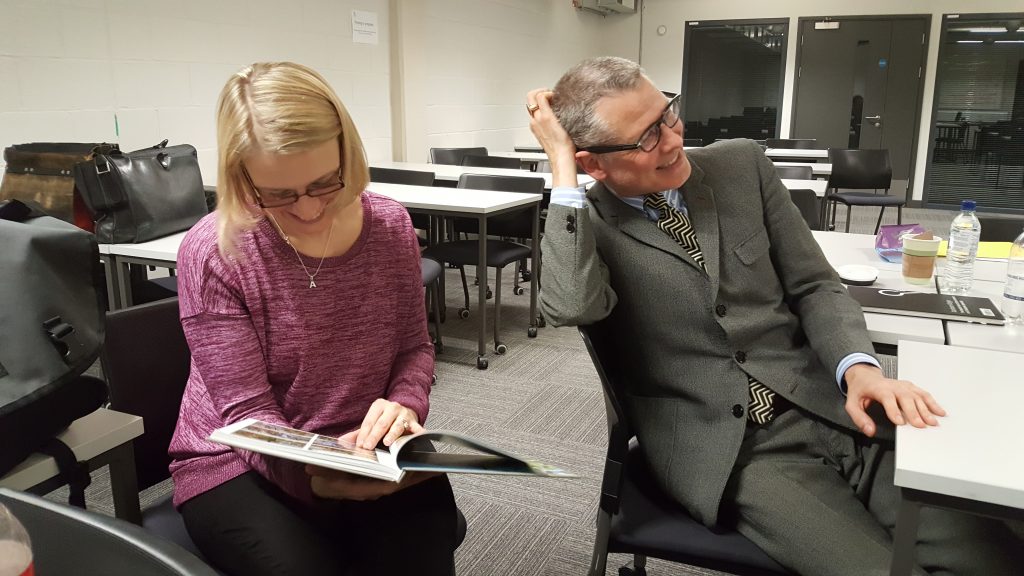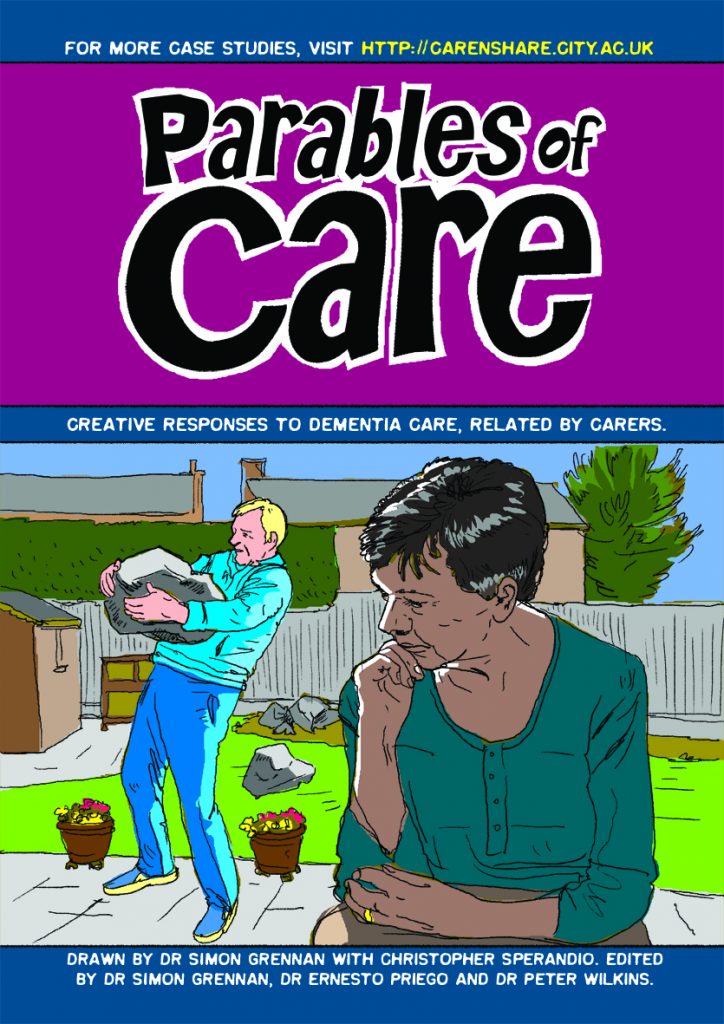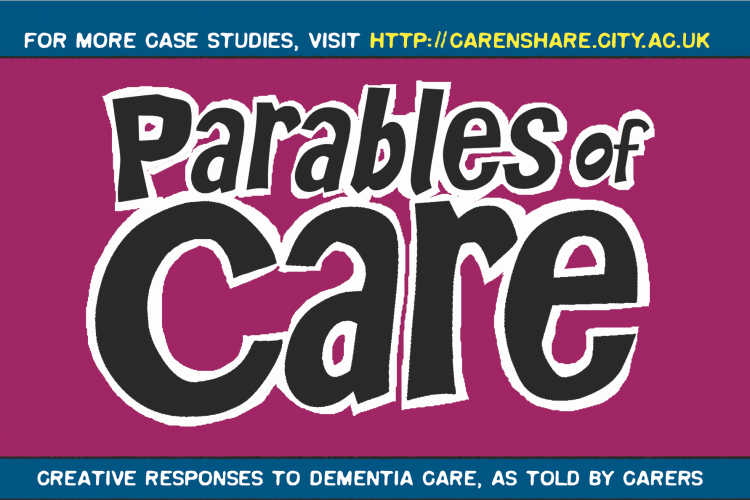
Dr Dympna O’Sullivan, Senior Lecturer in Health Informatics at the Centre for Human-Computer Interaction Design, City, University of London.
Dr Dympna O’Sullivan is a Senior Lecturer in Health Informatics at the Centre for Human-Computer Interaction Design. Dympna’s research is in the area of health informatics, clinical decision support systems and evidence-based medicine. She is interested in managing the large volumes of data generated by today’s digital healthcare environments and in developing intelligent software systems to bridge the gaps between clinician’s information needs and the computational resources available to meet them.
Dympna participated in the Parables of Care workshops held at City in the spring. I asked Dympna some questions related to Parables of Care.
An important part of your work focuses on finding solutions to developing sustainable healthcare. In your view, what is the role that ‘graphic medicine’ (the role that comics can play in the study and delivery of healthcare) could play in finding these solutions?
Dympna O’Sullivan: A hugely challenging aspect of developing sustainable healthcare models is finding ways to engage patients and service users in health and social care. An important aspect of patient engagement is looking for new ways to communicate with patients and service users and new ways of providing meaningful and actionable information to then. I believe graphic medicine can play an important role in getting this kind of health information to patients and service providers in a new way.
Health and healthcare are complex constructs and the graphic medicine medium has the potential to decompose complicated information. By using characters, graphic medicine can also add humanity to information by lending a human face to health information. Graphic medicine could be particularly pertinent for public health messaging as it may be combined with existing media like pamphlets and booklets. This also has the potential to engage new audiences, for example younger patients, in health.
We employed User Centred Design activities in the development of Parables of Care. Why is user-centred or person-centred healthcare important?

Dr Dympna O’Sullivan and Dr Simon Grennan at a Parables of Care workshop at City, 8 March 2017
What were your thoughts on Parables of Care as a publication?

Health Informatics and comics: what’s next?
DOS: I return to my original points on patient engagement which is one of my active research areas. I believe there is huge potential for graphic medicine is this space. Patient engagement was recently described by Forbes Magazine as “The Blockbuster Drug of the Century”!
Patient engagement is composed of a number of dimensions all of which can be facilitated very effectively by the graphic medicine format. First by providing an understanding of the importance of taking an active role in one’s health; Second by imparting knowledge, teaching skills and providing confidence to manage health conditions; And thirdly by providing guidance on how to perform specific health-promoting behaviours. All while offering a human face to the information, something that is generally not present in the many apps being developed in this space.
I believe this is an exciting interdisciplinary research area where health informatics, comic artists and behavioural scientists can provide some much needed solutions.
Parables of Care can be downloaded as a PDF file, under a Creative Commons Attribution-NonCommercial 4.0 International License, from City Research Online: http://openaccess.city.ac.uk/18245/.
If you live in the UK you can request printed copies at no cost here.


